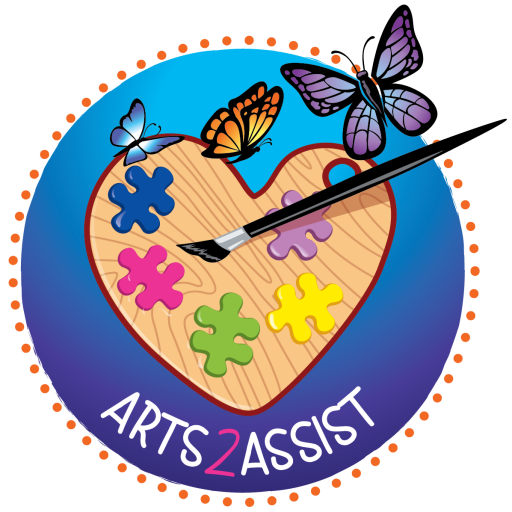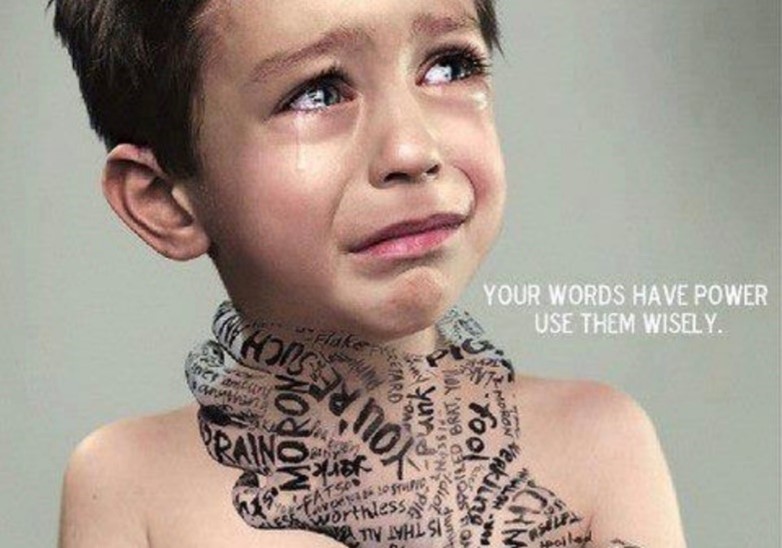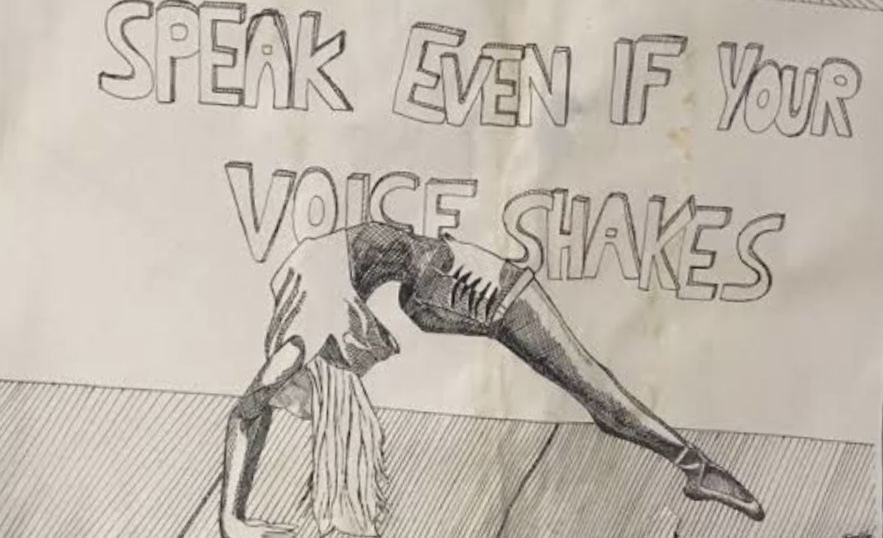What am I speaking about when I mention creative therapies?
At first glance image one may look like a child has been playing in the sand box with a bunch of animals. It was however, an adult. The instruction was to choose 4 things that the person could relate to, this person chose a spider, three potentially life threatening animals and one giraffe standing in the corner. When asked the client said, that it was expressing her daily fight with PTSD. The buried spider only showing the tips of the legs represented PTSD, the giraffe backed into the corner watching on while the three aggressive animals keep the PTSD hidden. As a therapist working with someone who expressed these emotions, I would then design my following sessions around these emotions and diagnosis, including working with possible triggers that control reactions in varying situations. I would use whatever the client felt most comfortable with. This therapy is exactly as it looks, it is sand therapy, playing with toys in the sand that are symbolic of whatever you are troubled by and guided by your subconscious. It is suitable for all ages.
This second image at first sight may look like a bunch of bits of clay; however, this was created by a young teen boy who was struggling to cope with his parent’s divorce and in particular the tug o war over him and his highly disabled brother occurring between his squabbling parents. He was also trying to come to terms with his brother’s disability and felt responsible for his care throughout this experience. This was creating poor behaviour at school and producing poor results all around.
Once he had used the clay to pound out his anger and reached a calmer exterior, I asked him ‘if I could climb inside your body and look at your heart what would I see’, this is the result. A broken heart. From there we worked on self-expression using art until he had found his voice and no longer needed to attend sessions. Using clay fits into Art Therapy, creating visual images that assist others to understand what he was going through.
The following diptych titled ‘Broken Hearts’ is a self-expression about the breakdown of relationships, sharp lines, warm colours representing anger, cool colours the sadness completed in colour pencil. The outlines occurred quickly in the first few minutes; however, the point of finishing took longer, and it was the client who decided when it was completed. There is much to unpack in this image and would be done in following sessions. The client chose to frame them.
This fourth image is one of self-expression, and involved smearing paint, splattering by throwing it at the canvas and pen. The poem by Margaret Atwood became the inspired message that defined this person as she grappled to start her life again, expressing how difficult life was to navigate with a diagnosis of PTSD. She added again and again with subsequent incidents that triggered her and as she began over from scratch once again each time. As the words say ‘this world is fuller and more difficult to learn than I said, you are right to smudge it this way with the red then the orange, the world burns’…
Again, this is an example of a client feeling caged in and invisible as the nightmares of PTSD took over her mind and her life for a period time. This was inspired by Edvard Munch’s work called ‘The Scream’. It was her plan for a canvas that she worked on later that included acrylic paint, pen, wire, and a butterfly attached to the outside of the wire. The butterfly symbolised hope and transformation. Even in her darkest days, she had demonstrated that she still had hope.
This my friends is the value of creative therapies… let me help you or your loved one!









